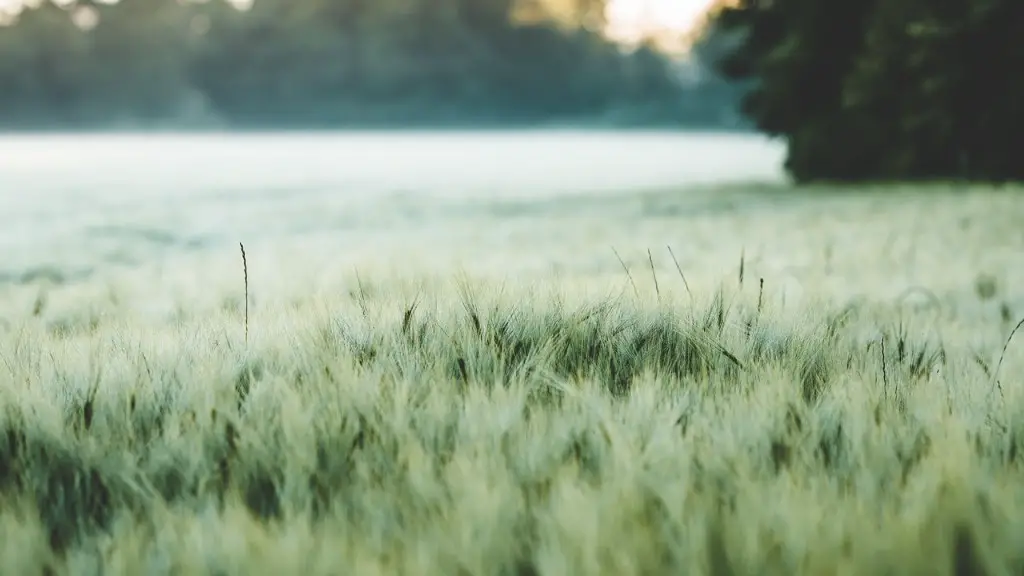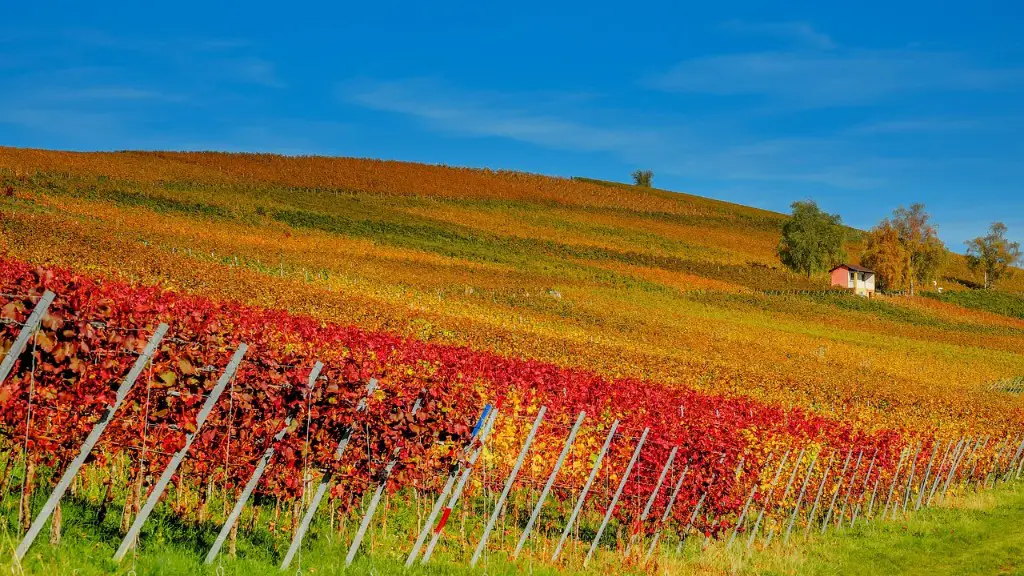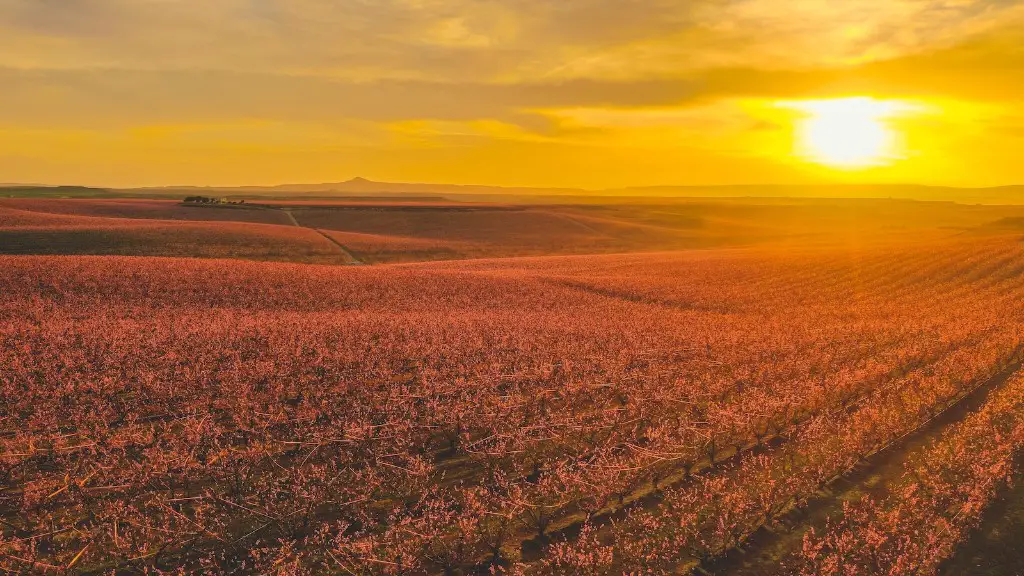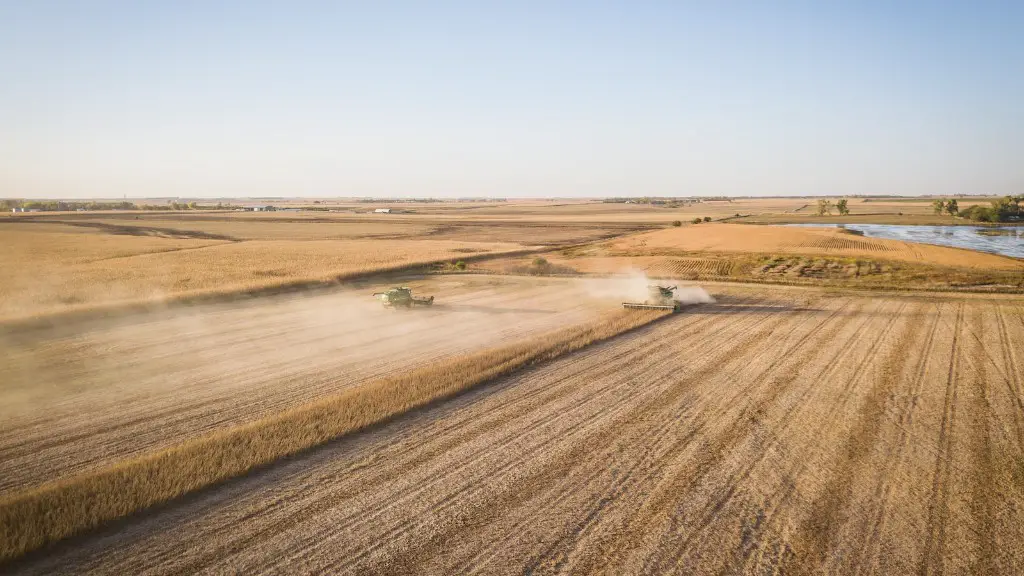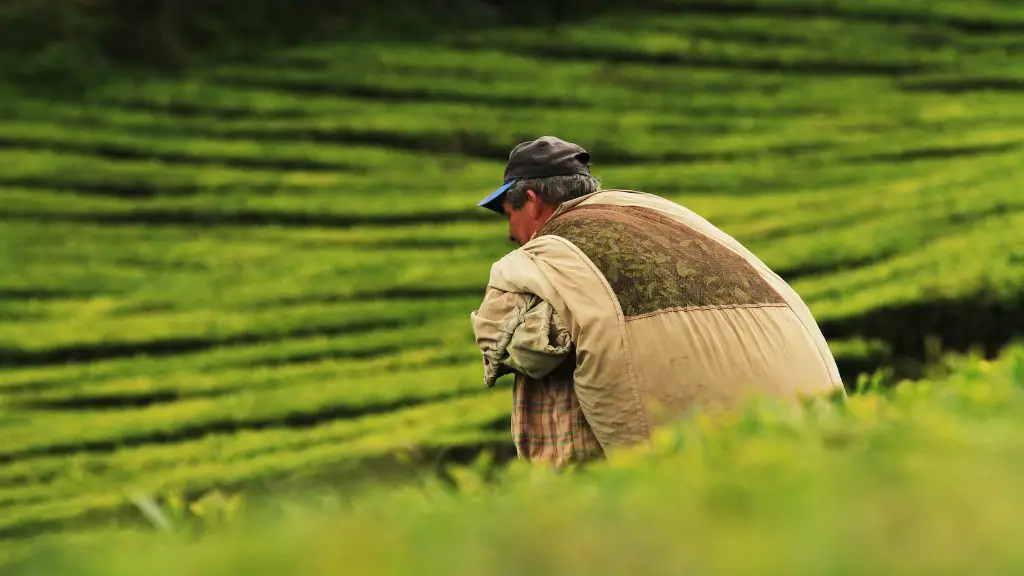A windbreak is a line of trees or other plants that protects an area from the wind. Windbreaks are used in agriculture to protect crops from the wind, reduce soil erosion, and improve the microclimate. They can also be used to reduce noise and dust from traffic, and to provide shelter for wildlife.
Windbreaks are usually planted in agricultural fields to improve conditions for the growth of crops by providing protection from wind and soil erosion.
What is the meaning of wind breaks?
A windbreak is a structure that blocks the wind, usually made of rows of trees, bushes, or walls. Windbreaks are used to protect against the wind, and can be found around homes, farms, and other buildings.
A field windbreak can be made up of trees, shrubs, or a combination of both. The number of trees or shrubs planted will depend on the width of the windbreak. A field windbreak should be at least 30 feet wide, but the wider the better.
A farmstead windbreak is a row of trees or shrubs planted around the perimeter of a farmstead. The primary purpose of a farmstead windbreak is to reduce wind speed and protect buildings, livestock, and people from the cold, wind, and snow. A farmstead windbreak should be at least 50 feet wide, but the wider the better.
What are windbreaks advantages and disadvantages
A living windbreak has both advantages and disadvantages from an economic standpoint. The primary advantage is that it is a cheap and cost-effective technology due to low establishment and maintenance costs. The primary disadvantage is that a living windbreak may take several years to develop; therefore, the economic benefit is not immediate.
Windbreaks are an important part of protecting your property from the forces of nature. By planting trees or shrubs in strategic locations, you can reduce the amount of wind that reaches your home or farm. This can in turn reduce soil erosion, increase crop yields, and protect your livestock from extreme weather conditions. In addition, windbreaks can also help to keep roads and buildings clear of snow and ice, and can provide a lovely natural landscape for you to enjoy.
What is an example of a windbreak?
Windbreaks are typically planted in hedgerows around the edges of fields on farms. They help to provide shelter from the wind and protect the soil from erosion.
Windbreaks can help to protect against wind damage, but they can also cause some problems. They can take up valuable land, and they can also attract pests and diseases.
What plant makes a good windbreak?
A fedge is a type of living willow windbreak that is created using two rows of living willow stems. Willow whips (the short willow stems) can be bought online in autumn and planted out straight away. Fedges are a great way to create a natural fence or divide in your garden, and they are also low maintenance and can provide habitat for wildlife.
There are a few reasons why coniferous evergreens make the best trees for windbreaks. Firstly, they tend to be tall and slender, which makes them less likely to be uprooted or toppled over in strong winds. Secondly, their branches are less likely to break off, as they are more flexible than those of other tree varieties. Lastly, their dense foliage provides excellent protection from the wind.
What is the fastest growing windbreak
It’s important to pick trees that will flourish in your planting zone. Norway spruces are strong and fast-growing, and can adapt to different soil types. Green giant arborvitae are another good option for fast growth, and Eastern white pines can grow up to three feet per year. Do your research to find the best trees for your area!
A windbreak is a barrier that protects an area from the wind. Windbreaks can be made of trees, shrubs, or other plants. They are usually used to protect buildings, crops, and other areas from strong winds. Windbreaks can also be used to reduce noise and dust from windy conditions.
When should windbreaks be used?
To control soil erosion caused by wind, windbreaks should be planted perpendicular to the prevailing winds during the times of greatest soil exposure-winter and early spring. This will allow the snow to drift and recharge the soil moisture.
Windbreaks provide protection for people, animals, buildings, crops, and natural resources They reduce soil erosion by wind and contribute to the control of runoff from agricultural lands Individually, trees and shrubs can provide food and shelter for wildlife or be harvested for timber and fuelwood.
What are the basic reason why we plant windbreaks
If you live in an area that experiences a lot of snowfall in the winter, it’s a good idea to plan ahead and plant a windbreak before next winter. A windbreak is an effective way to trap snow and prevent snow build-up around driveways and laneways, buildings, farmyards and other high-use areas. This can save you money on fuel costs and reduce wear and tear on your plowing equipment.
Shelterbelts are saplings, bushes or trees that are planted in a line to form a barrier between an agricultural field and the open land beyond it. The main purpose of shelterbelts is to reduce windspeed within the sheltered zone and protect the valuable topsoil and nutrients from erosion. This can increase the productivity of agricultural land by protecting this valuable topsoil and nutrients.
What is another name for windbreaks?
A windbreak is a barrier that blocks or slows down the movement of wind. It can be made of living things like trees and shrubs, or man-made things like walls and fences. Windbreaks can be used to protect against the wind, to reduce noise, or to keep dust and sand from blowing around.
Windbreaks are important for reducing wind speed and protecting against wind damage. Shelterbelts are important for providing a protective shelter against wind and for providing habitat for birds and honeybees. They can also provide cattle feed and fuel wood.
Are pine trees used as wind breaks
Pine trees are an excellent choice for windbreaks. They grow quickly and keep their needles all year, providing consistent coverage. Different types of pine trees are found throughout the United States, so there is sure to be a type that will work well in your area.
High speed wind can cause a lot of damage to crops and agricultural land. The wind can strip the land of topsoil, causing erosion. The wind can also blow dust and other pollutants onto the crops, which can reduce their quality. This can lead to higher prices for these crops.
Warp Up
A windbreak is a barrier that breaks up the wind and protects an area from the wind. They are usually planted in a line to protect an area from the wind, but they can also be used to reduce noise, protection from dust, and to provide privacy.
In conclusion, windbreaks are important in agriculture because they help to protect crops from wind damage. They also help to keep the soil in place and help to keep dust and other particles from blowing around.
